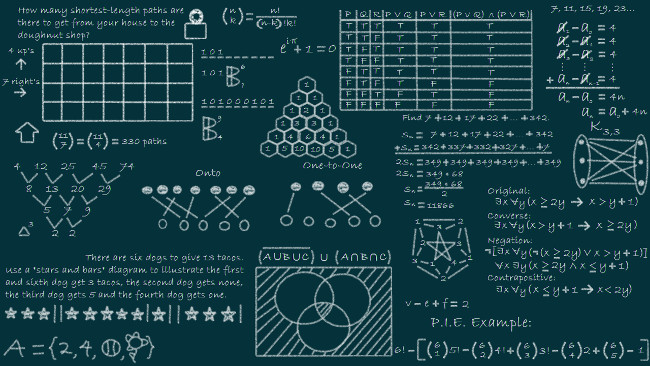Category: Tech

Web Development and Data Structure: What’s Inside
As a graduate student, I’m interviewing with some companies. These days, I feel the demand for SWE is pretty much lower than the previous. I don’t want to believe that’s the reason why all of the companies who contacted me are looking for the senior position, and I conducted one interview with company ‘A’ last ...